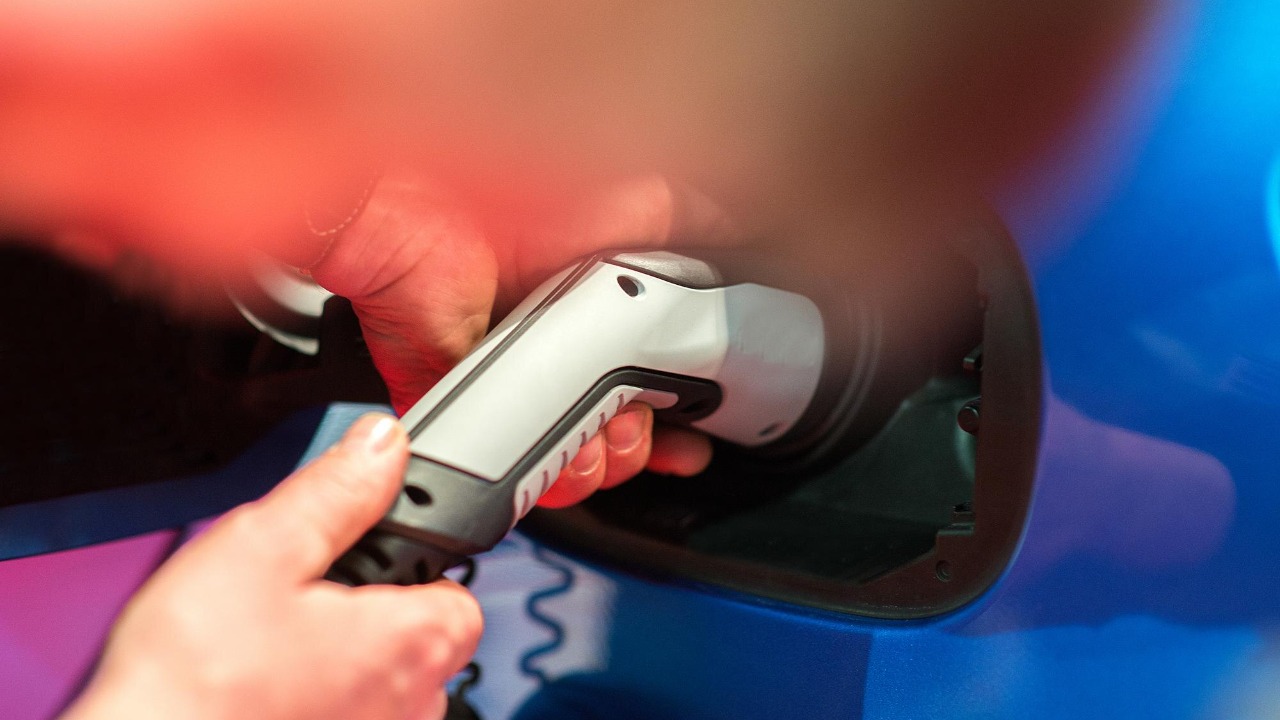
Chevrolet has announced that its new Bolt EV will feature the North American Charging Standard (NACS) plug, marking a significant update for the popular electric vehicle. This change is expected to enhance charging compatibility, offering greater convenience for EV owners. The updated design and functionality aim to position the Bolt as a competitive player in the growing electric vehicle market.
The Evolution of the Chevy Bolt EV
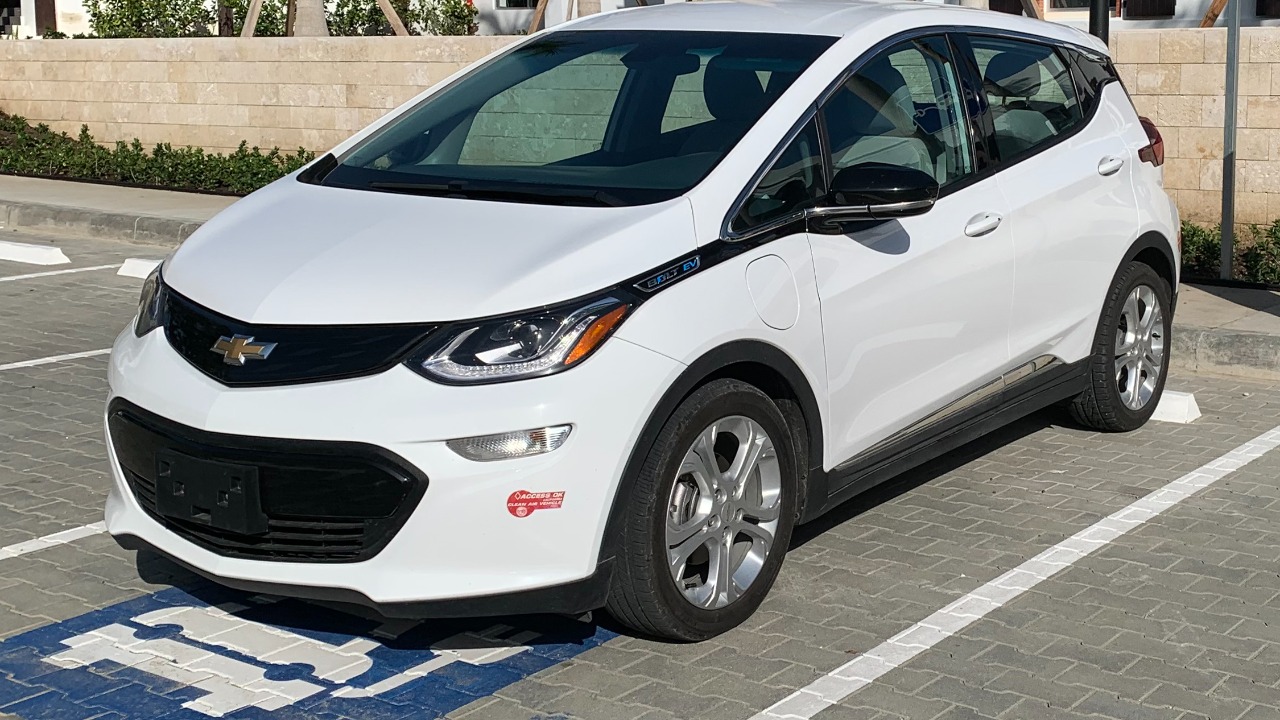
The Chevy Bolt EV has been a pivotal model in the electric vehicle market since its debut. Initially launched in 2016, the Bolt offered an affordable yet practical option for consumers eager to switch to electric. It quickly gained popularity due to its impressive range and user-friendly features. Over the years, Chevrolet has continued to refine the Bolt, keeping it competitive in an increasingly crowded market.
Previously, the Bolt’s charging capabilities were limited by the use of the Combined Charging System (CCS), which some users found restrictive given the varied charging infrastructure in North America. The strategic decision to adopt the NACS plug marks a significant shift for Chevy, aligning with industry trends and addressing consumer needs for broader charging access. This move is particularly critical as more electric vehicles enter the market, each vying for consumer attention.
Understanding the NACS Plug
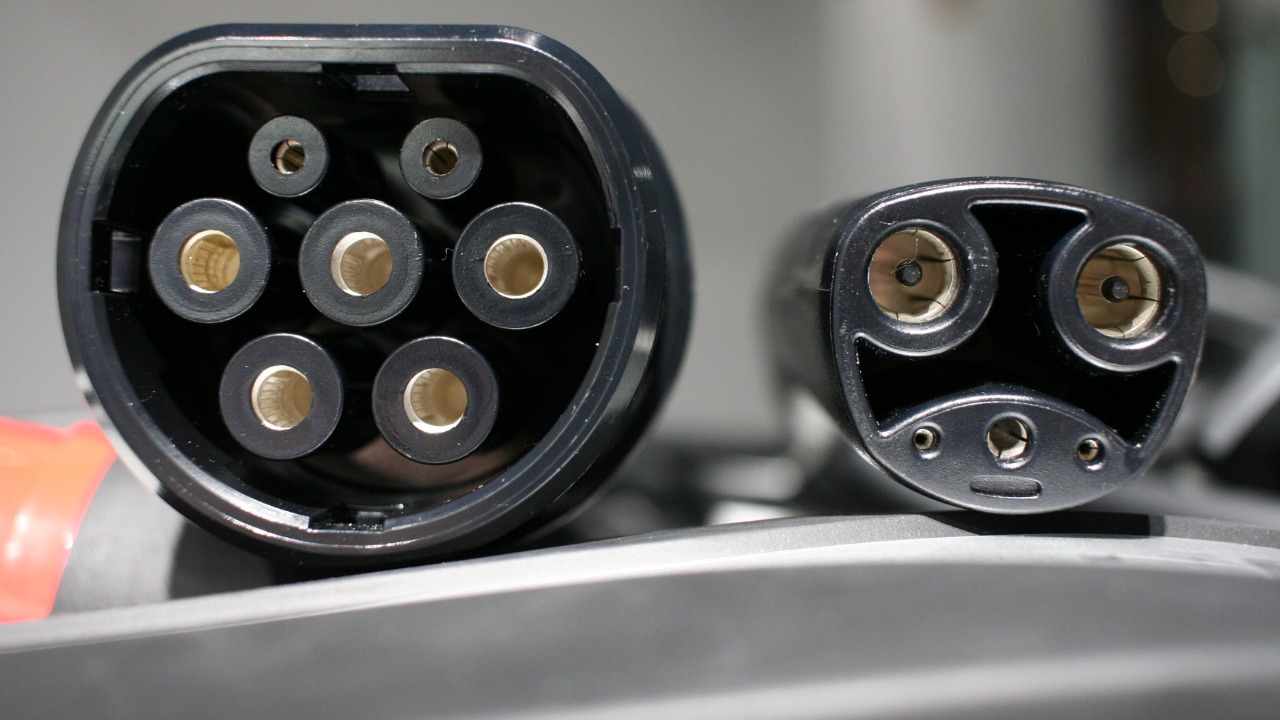
The North American Charging Standard (NACS) is increasingly becoming a preferred choice for automakers aiming to streamline charging solutions across the continent. NACS offers several advantages, notably its compatibility with a wide range of charging stations, which significantly improves the accessibility of charging options for vehicle owners. For Chevy Bolt owners, this means an expanded charging network that was previously inaccessible or inconvenient to use.
Switching to NACS also means that Bolt owners can enjoy faster charging times, as the standard supports higher power levels. This is a notable improvement from the CCS system, which, while effective, does not offer the same level of compatibility or charging speed. By adopting the NACS plug, Chevrolet not only enhances the user experience but also aligns itself with a growing industry trend that sees more automakers adopting this standard. This could be a game-changer for Chevy and its customers, making the Bolt more appealing to prospective buyers.
Design and Functional Updates
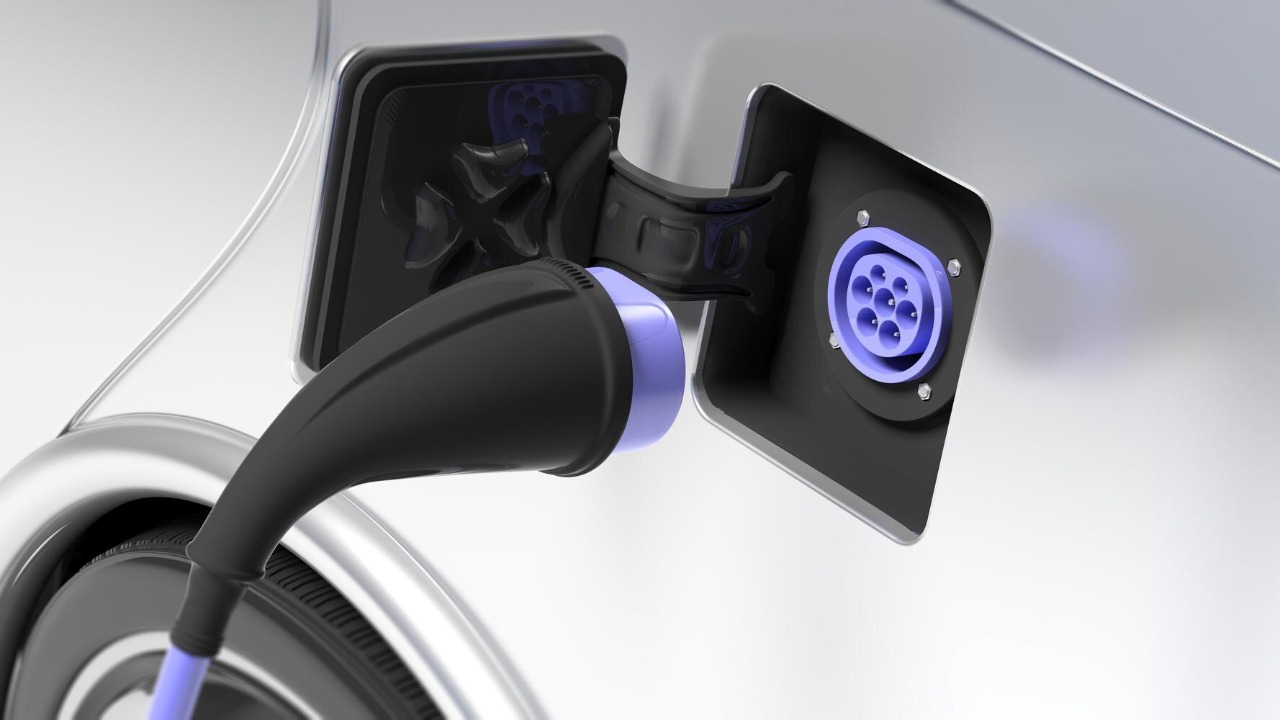
In addition to the NACS upgrade, Chevrolet is also introducing several design and functional updates to the Bolt. The new front fascia design and rear brake light updates are among the most noticeable changes. These updates not only modernize the Bolt’s appearance but also contribute to improved aerodynamics, which can enhance vehicle efficiency. The refreshed design reflects Chevrolet’s commitment to innovation and keeping pace with evolving consumer expectations.
These changes are more than cosmetic; they represent a strategic alignment with General Motors’ broader vision for electric vehicles. By focusing on both function and form, the updated Bolt is positioned as a forward-thinking vehicle that meets modern demands. This approach is part of GM’s larger strategy to electrify its fleet and commitments to sustainability. The design updates, combined with the adoption of the NACS plug, showcase Chevrolet’s dedication to providing a comprehensive package that satisfies both aesthetic and practical needs.
Market Implications and Consumer Impact

The introduction of the NACS plug in the Chevy Bolt is expected to have significant implications for the electric vehicle market. As the demand for EVs continues to rise, the ability to easily access a wider network of charging stations will be a critical factor in consumer decisions. This move could potentially increase the Bolt’s appeal, driving up demand and encouraging more automakers to consider adopting similar standards.
Consumer reactions to these updates have been largely positive, with many expressing excitement about the enhanced charging capabilities and modernized design. The demand for the updated Bolt is anticipated to grow, particularly among environmentally conscious buyers and those seeking practical, affordable electric transportation options. The decision to enhance the Bolt’s charging accessibility is seen as a strategic move that could influence competitors to rethink their own charging solutions.
Future Prospects for the Chevy Bolt EV
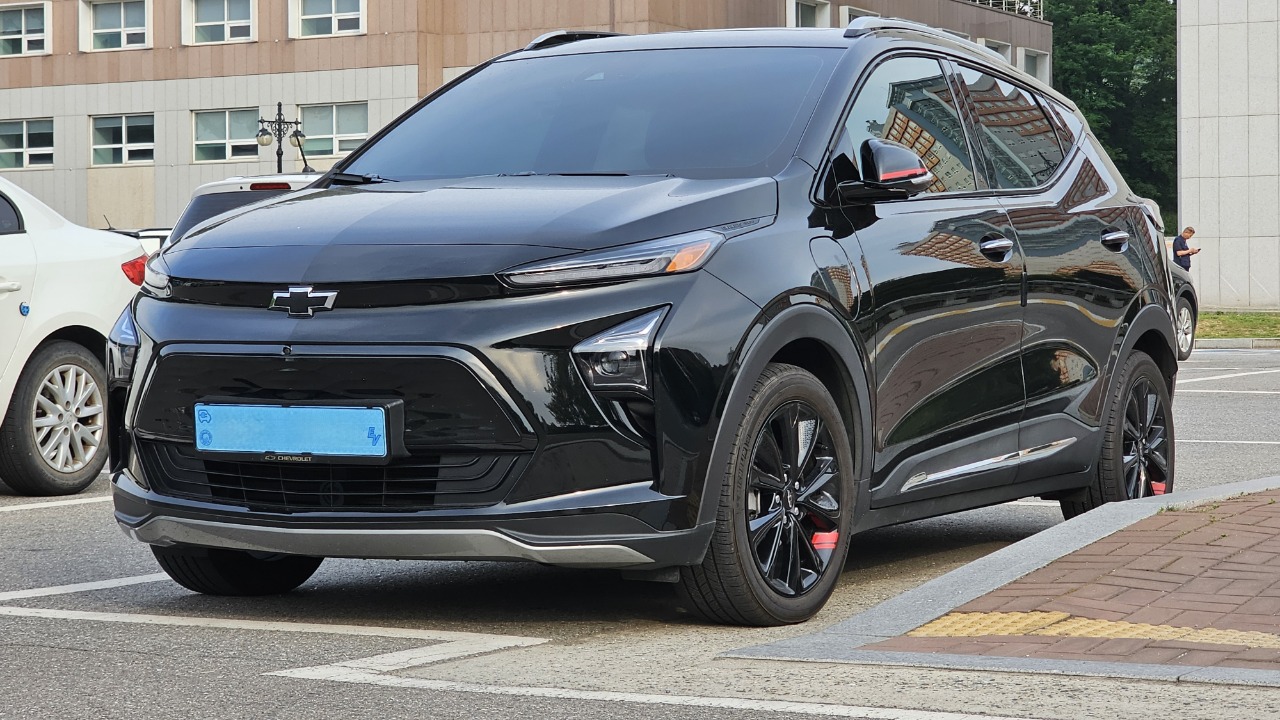
Looking ahead, General Motors has ambitious plans for the Chevy Bolt as part of its broader electrification strategy. The Bolt is expected to play a key role in GM’s efforts to transition to a more sustainable automotive future. This includes not just updates to charging standards and design, but also potential technological advancements that could further enhance the vehicle’s appeal.
As GM continues to innovate, the Bolt could see the introduction of new features and technologies that enhance performance, safety, and user experience. The company’s commitment to electrification suggests that the Bolt will remain a significant part of its lineup for years to come. By integrating the NACS plug and updating the vehicle’s design, Chevrolet is reinforcing the Bolt’s importance in its portfolio and its potential to contribute to a greener future. This future-oriented approach is indicative of GM’s dedication to leading the charge in the electric vehicle market.
The Chevy Bolt EV’s transformation with the introduction of the NACS plug and design updates marks an exciting chapter for the model and for Chevrolet. As the automotive industry continues to evolve, these enhancements position the Bolt as a formidable player in the electric vehicle market, offering consumers more choices and better functionality. With a clear vision for the future, Chevrolet is setting the stage for continued success and innovation in the world of electric vehicles.